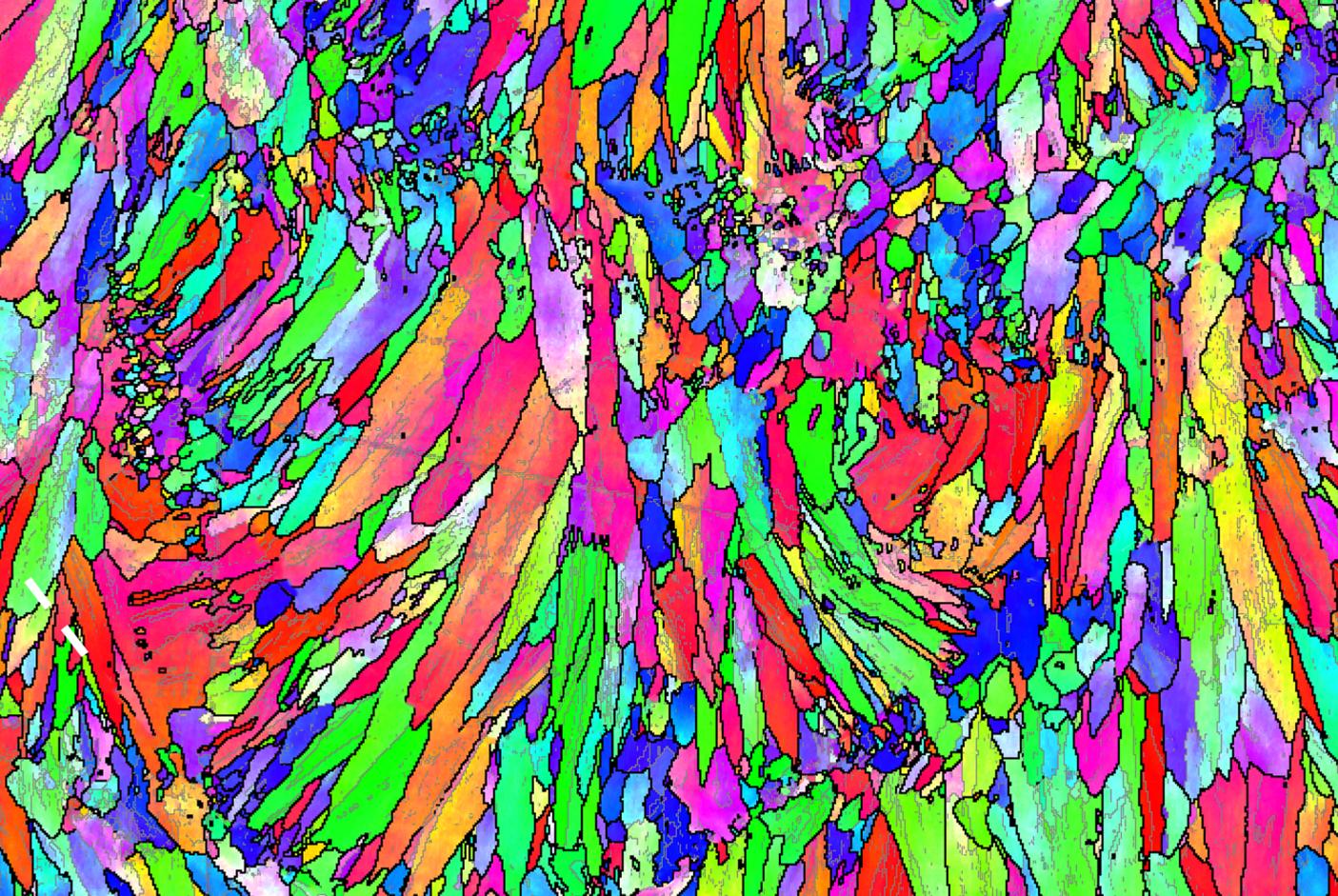
OPTIMISATION OF MANUFACTURING PROCESS CONDITIONS
Improve the mechanical properties of SLM components and provide industry with a rigorous basis for future product development.
ITRH has focused on optimisation of production processes parameters for Selective Laser Melting (SLM), and Laser Metal Deposition (LMD) to produce crack-free, distortion-free components with low residual stress and good fatigue properties. This includes post-manufacture processing of components by hot isostatic pressing at Monash Centre for Additive Manufacturing (MCAM) and Australia’s Nuclear Science and Technology Organisation (ANSTO) and complex heat treatments to minimise thermal distortion.
Studies include:
- The effects of laser power
- Laser scanning speed
- Distance between adjacent laser paths
- Layer thickness
- Geometry of the component
- Geometry and material of the substrate on the thermal residual stress
- Dimensional accuracy of a component is are under inv.
Additionally, the influence of processing parameters (including laser power, laser scan speed, scan spacing and layer thickness) on microstructure, porosity and texture on mechanical properties at the application conditions is also under investigation.
Modified and/or new processing methods have also been examined. These include studies such as increasing the substrate temperature to reduce cracking susceptibility, chemical polishing of lattice structures to improve fatigue performance, powder removal and surface improvement of internal weight-saving cavities.



